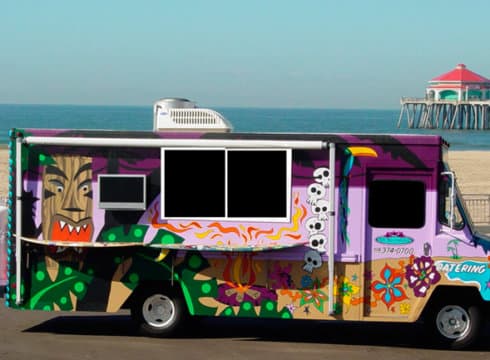Inc42 Daily Brief
Stay Ahead With Daily News & Analysis on India’s Tech & Startup Economy
There is a lot of noise in the Food Tech market with a new startup launching almost every day. Many companies are doing low cost meal delivery, selling daily meal options, offering healthy menu, providing exotic dishes, and delivering anything from breakfast to lunch or dinner and several in between variation one can think of.
All it takes to launch an online restaurant is access to a small pool of money and some developers who can create your consumer app, and you have your startup.
However, the issue is, most of these entrepreneurs do not understand the complexities of running a food startup – and fail to justify where “tech” is involved in food tech? Here’s how these entrepreneurs think of starting a food business.
There are mainly four components of running a food business – food pricing (financial model), production model, delivery model and food itself. Under each there are multiple options. E.g. you can have a subscription based, on-time payment based or pre-booking based financial model. Similarly, you can sell Indian food, healthy food, kid’s meal, daily meal, Chinese food, Italian food and this list can be in hundreds.
Now, to create a big food business – you have to choose one model from each and can come up with your own unique model. E.g. you can have a subscription based healthy food delivery service where you curate healthy items and get it delivered through third party delivery partners. Imagine the number of combinations you can create – you will end up having at least 1,000 odd food business ideas. And that’s what is causing this whole noise in food tech market. Everyone is coming up with their own version of one of these thousand odd possible combinations.
Unlike food, other businesses have lesser variables. Take the example of taxi services (Ola/Uber). There are just two products (taxi,auto – not hundreds like food), two financial model (on demand or pre-book), no production model (taxi is ready to use) and two delivery model (self owned and partner owned). So here, you can create at max eight types of businesses. To give you a real example, Uber provides on-demand taxi, which is partner owned.
Since there are too many variables at play in food business; entrepreneurs are confused about which business to start and investors are confused as to which one to bet on.
The many available variables make food business extremely complex to figure, unless you have the basics and focus right. Fortunately, there is a better and right way to look at it, first evaluate, and then create a model that has the potential to become a successful brand. Unlike the way entrepreneurs are looking at this – by trying to create business model by using various combinations, it should be created by keeping customers in mind.
If your thought revolves around customers it is easy to find the key areas we need to focus on, you will notice there are mainly three areas related to food – need, occasion and want.
Need – This segment needs to fulfill their daily food necessity. They order food every day, want variety in taste (even if you offer same food every week), are price sensitive and expect simple food.
Occasion – These customer order food as and when required, which can be for an event, party, a meeting, a small celebration, or a desire to eat something fancy when one doesn’t feel like cooking. This customer is not price sensitive, but expects a great food experience and consistent taste.
Want – This segment likes to eat something exotic. Price not being a concern, they expect a flawless experience be it food, service etc.
So, one should try to define their segment and focus on that area to make it big. Just understanding this gives you a lot of clarity and what model you should be working up on. E.g. if I am creating a model focusing on the need of customers, I’ll keep the price under Rs100, curate food from multiple restaurants to bring variety in taste and provide subscription option.
However, if I am catering to customer’s occasional needs – I will have my own kitchen producing food of great and consistent quality. I won’t procure food from multiple restaurants in this case as then I won’t be able to control the consistency. Also, I will focus on delivering great experience by superior packaging, super fast & reliable delivery and keep the food price anywhere between INR150-300 (which is not too low and not too high). We at Petoo are targeting this segment of customers and we are determined to make it a success.
If I will cater to the “want” category customer – I will bring in the best of chefs to cook, provide excellent packaging & presentation and keep food price above Rs 400.
Now that you know what to do – go and execute it with great focus, vigor, speed, and you might get to be one of the biggest food brands!
{{#name}}{{name}}{{/name}}{{^name}}-{{/name}}
{{#description}}{{description}}...{{/description}}{{^description}}-{{/description}}
Note: We at Inc42 take our ethics very seriously. More information about it can be found here.


